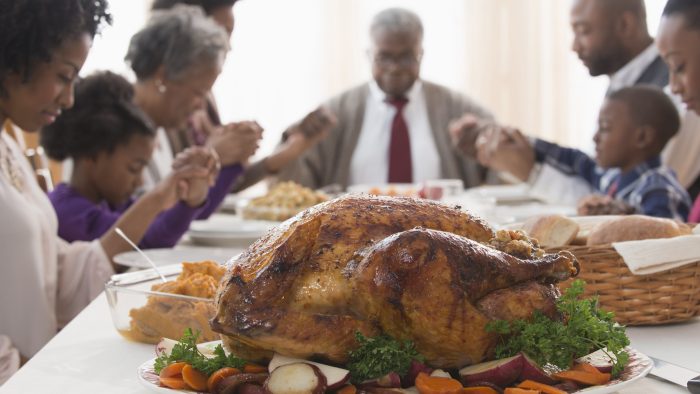Zelda Owens’ Thanksgiving menu looks much like the ones she remembers growing up in Harlem. For an entire generation – possibly two – the collards in her family’s traditional collard green dish came from a grocery store. But now, “Harvesting from the backyard is the tradition I brought back,” said Owens.
She was one of a number of foodies and food historians we reached out to find out what Thanksgiving menu items have gone missing and what may be coming back.
Zelda Owens harvests her own vegetables – onions, cilantro, peppers, tomatoes, collards, romaine lettuce and more – in her garden.
Zelda Owens
Owens started urban farming about a decade ago near her Brooklyn home and said it’s given her a new appreciation for collards. Owens, who is a headhunter, grows a variety of cultivars at Phoenix Community Garden, including Georgia Southern, curly leaf and shiny leaf, harvesting them year-round. As she prepares for Thanksgiving each year, Owens walks across the street from her home to her urban farm and picks herbs, vegetables and collards for the dish that comes from her father’s side of the family, who hail from Florida and Georgia. The recipe includes smoked ham hock, onions, bell peppers and vinegar. Her eight garden plots are a way to “preserve farming practices that my fore-parents mastered since landing in America,” said Owens.
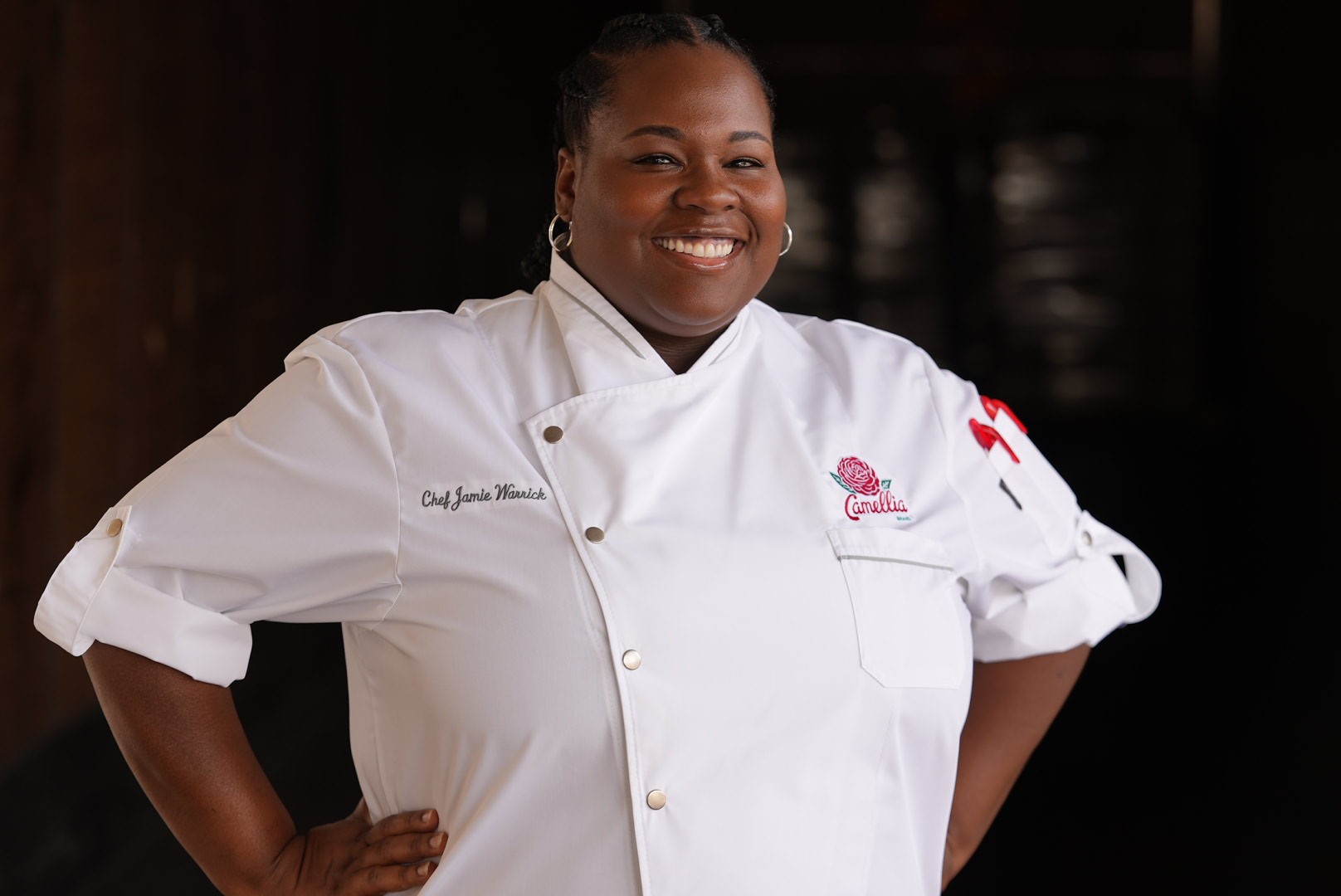 Jamie Warrick, product developer and food scientist for Camelia Beans,
Jamie Warrick, product developer and food scientist for Camelia Beans,
Camellia Beans
incorporates oyster dressing into her holiday menu.
For Jamie Warrick, a resident of New Orleans, oyster dressing and butter beans with pork fell off the family menu about ten years ago after her grandmother fell ill and ultimately passed. After spending years in the kitchen next to her mother and grandmother, this year, Warrick, 35, a food scientist and product developer at Camellia Beans, said she is bringing back the recipes passed down for generations. The oyster dressing (called stuffing in some regions of the U.S.) is a side dish made with Gulf oysters, chicken gizzards and livers, stale French bread and roasted chicken stock. Butter beans with pork, what she called a classic Southern comfort dish, will also return to Warrick’s Thanksgiving menu. Warrick soaks dried lima beans in chicken stock and fresh herbs (a change from her grandmother’s recipe, which called for soaking the beans in water) and serves it over cooked rice with buttered French bread.
Marlene Gaynair, an assistant professor of history at Washington State University who studies food culture, notes how chitlins have fallen off the Thanksgiving table. Made from pig intestines (and often simply called hog guts), the Southern Documentary Fund describes it as “both a delicacy AND an oppressed people’s food.” While the U.S. Agriculture Department suggests that the dish is a “traditional winter food of the American Deep South during Colonial times when, before refrigeration, hogs were slaughtered in December,” the Southern Documentary Fund goes on to explain that eating chitlins was born out of a need because “Blacks were made to eat the most undesirable parts of the pig.” Typically, chitlins are boiled, fried or stuffed, often with mincemeat.
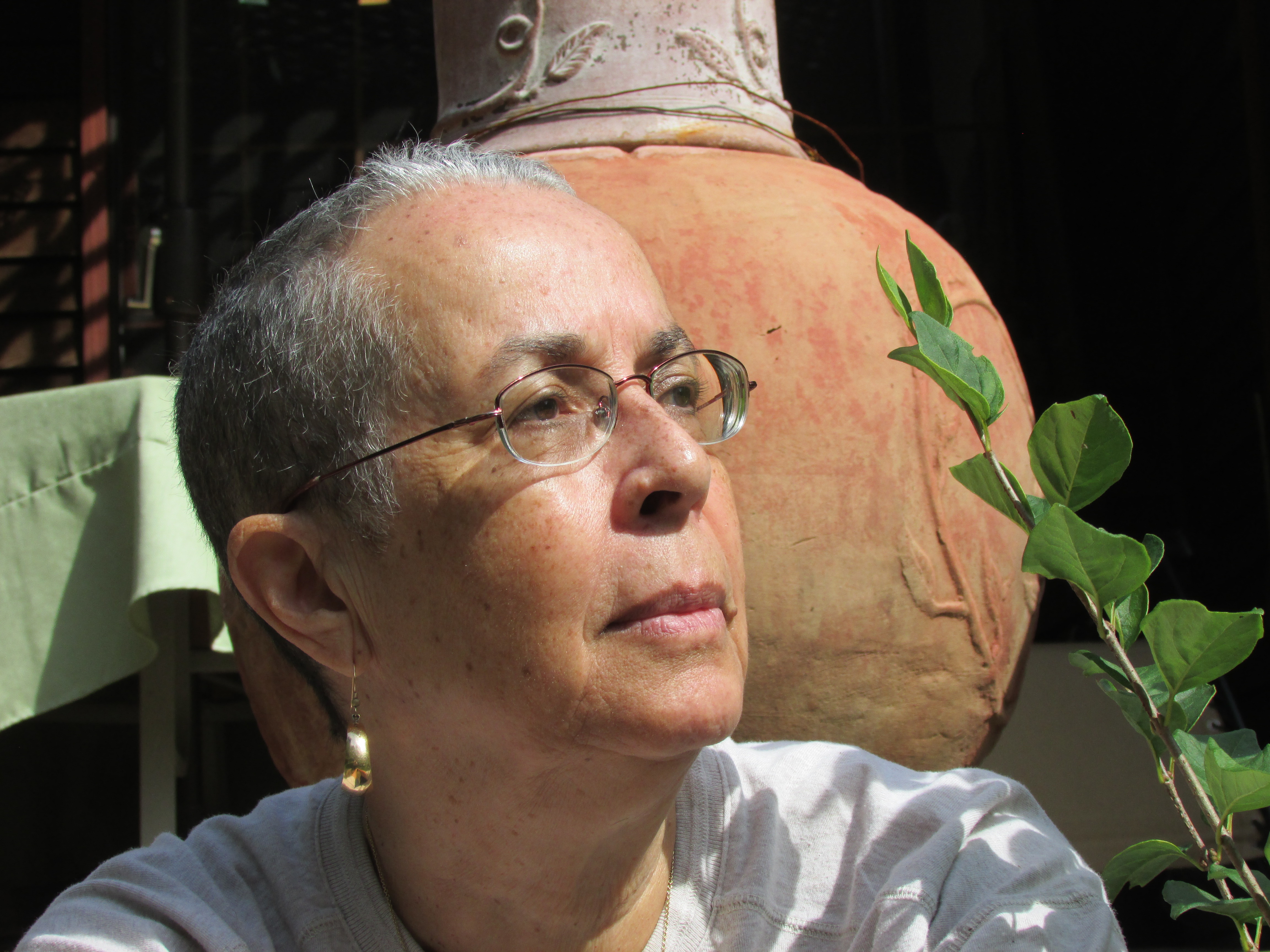 Food historian Leni Sorensen hopes to reintroduce mincemeat to the Thanksgiving menu.
Food historian Leni Sorensen hopes to reintroduce mincemeat to the Thanksgiving menu.
Winter Gray
Mincemeat was once a traditional part of Thanksgiving and an item that food historian Leni Sorensen is trying to reintroduce. Sorensen, 81, who hosts “history dinners” at her farm outside of Charlottesville, Virginia, said the “lost meat” disappeared from the Thanksgiving table at the end of the 19th century. Made in the early fall with apples and other fresh fruits, its base was any of a variety of meats, including elk, moose, beef, pig feet, and beef suet – the hard, fatty part of the cow around the kidneys. Cooked with sugar and brandy to saturate the meat, it resulted in a “sweet, sweet, meaty, savory, rich [dish]. And depending on your circumstances, you could have exotic items and just put more apples in,” Sorensen said.
Documented in Mary Randolph’s 1824 cookbook, The Virginia House-Wife and Lattice Bryan’s 1939 cookbook, The Kentucky Housewife, Sorensen said she’s made mincemeat from recipes in both cookbooks using a variety of exotic meats, including bear. “Mincemeat is lovely and tasty. But, lots of modern people have a sense that they don’t like it,” she said. The dish shifted from a meat-based savory pie to a sweet, fruity dish in the early 1900s.
 Chef Nina Compton of New Orleans tells a story with her dishesRead now
Chef Nina Compton of New Orleans tells a story with her dishesRead now
Sorensen said until the 1880s, there was only a little information about the food served for Thanksgiving. Randolph’s 100-page book, re-published in 1924, includes all the dishes she developed “and that her Black cooks, enslaved cooks, would have all known and cooked under her orders doesn’t have one g—— menu. Not one.” Food historian Andrew Smith noted that in the entire repertory of the 18th-century historical documents, there are no mentions of any Thanksgiving feast from the 17th and 18th centuries as we know it today – filled with food, family and friends – but Thanksgiving as days of prayer, only.
It wasn’t until after the Civil War (and around the nation’s centennial) that the Thanksgiving meal took hold. Sorensen said members of ladies’ associations – middle and upper-class women nostalgic for an earlier era – pushed for a specific Thanksgiving Day. “They were deeply sentimental,” buying up and preserving venues like Mount Vernon and Monticello. It’s also when the “notion of Pilgrims and all that s— comes out. This Victorian notion of plenty,” said Sorensen. While Thanksgiving continued to carry a deeply religious and commemorative aspect of giving thanks for sacrifice, a feast was added in the later part of the 19th century.
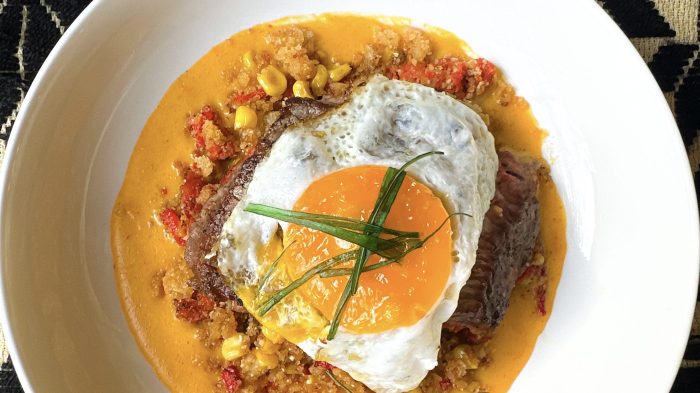 Restaurateur Tiara Darnell brings soul food to Mexico City Read now
Restaurateur Tiara Darnell brings soul food to Mexico City Read now
At the time, Sorensen said, duck would have been part of the Thanksgiving table. If people raised ducks, Sorensen said, they were available and often served roasted or used in sausages. “[It] no longer really appears on the Thanksgiving table that I’ve seen, and I’ve been making Thanksgiving dinners since I was 10.”
Like stuffing, Sorensen said that what families eat for Thanksgiving is often based on where a family hails from. So, people will add “ethnic dishes from which they feel their family has derived.” Sorensen said an Italian-American family might serve lasagna and a turkey, while a Southern Black family might include cornbread. “In the Deep South where having access to good white flour was something that was much more available to the elites than it was to the middle or the lower middling and the poor and the enslaved, cornbread with a little white flour or just cornmeal was served,” she said.
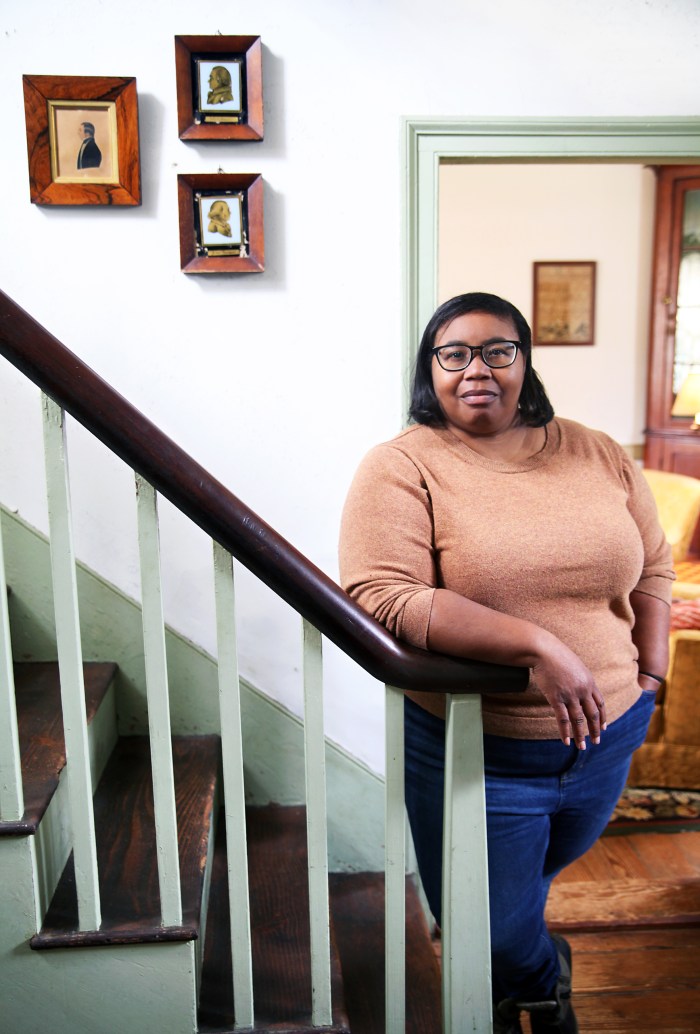 Debra Freeman, a food writer and podcaster, advocates for yellowcake, once a celebratory item, to return to the holiday menu.
Debra Freeman, a food writer and podcaster, advocates for yellowcake, once a celebratory item, to return to the holiday menu.
Debra Freeman, a food writer and podcaster, says sweet potato biscuits, too, were a southern tradition that disappeared from the Thanksgiving table along with yellowcake. The sweet potato biscuit may have, in the last few decades, returned to the Thanksgiving table after getting a boost from cookbooks like, The Black Family Reunion Cookbook: Recipes and Food Memories, published in 1991 by the National Council of Negro Women and Mama Dip’s Kitchen Cookbook, first published in 1999. Yellowcake, made with extra eggs and yellow butter to create the color of the cake, traditionally topped with chocolate frosting, was a celebratory cake that deserves a Thanksgiving comeback.
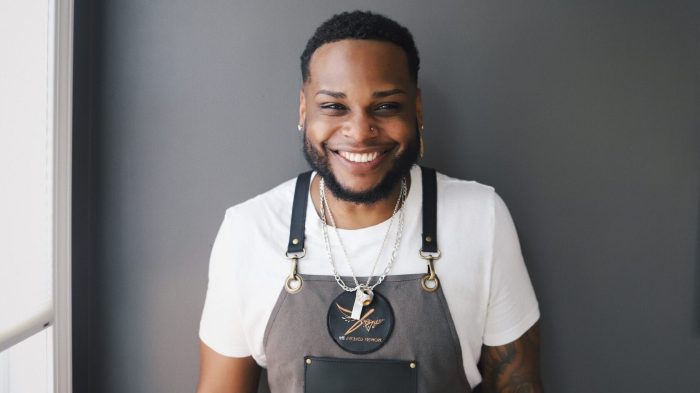 Chicago nonprofit hopes to raise the next generation of Black and Latino chefs and moreRead now
Chicago nonprofit hopes to raise the next generation of Black and Latino chefs and moreRead now
In Freeman’s family, her great-grandmother’s rice pudding is missing from the holiday dessert offerings. Once considered a “non-negotiable” part of her family’s Thanksgiving feast, she said the sweet porridge recipe fell off the menu when her grandmother, who passed away a few years ago, could no longer cook for Thanksgiving. Freeman said she fears the dish may be gone forever because the recipe wasn’t written down.
“That’s very prevalent in the African-American community where recipes are handed down, but it’s very much a part of the oral tradition,” said Freeman. She said she’s considering trying to recreate it this year if she can convince her mother to help her.
For Sorensen, Thanksgiving is about taking our food and trying to improve it to make it an extra-special meal. “Thanksgiving stands out because you’re not necessarily having food that you never have the rest of the year. But you’re having it at its most beautiful adding a lot more lush, more butter, more sweet,” said Sorensen. “As my daughter would say, all these recipes were ‘churched up’ for Thanksgiving.”
Cari Shane is a DC-based freelance journalist who writes on subjects she finds fascinating — from human interest stories to scientific breakthroughs. Her work can be found in a wide variety of publications from National Geographic to Scientific American to Fortune.
